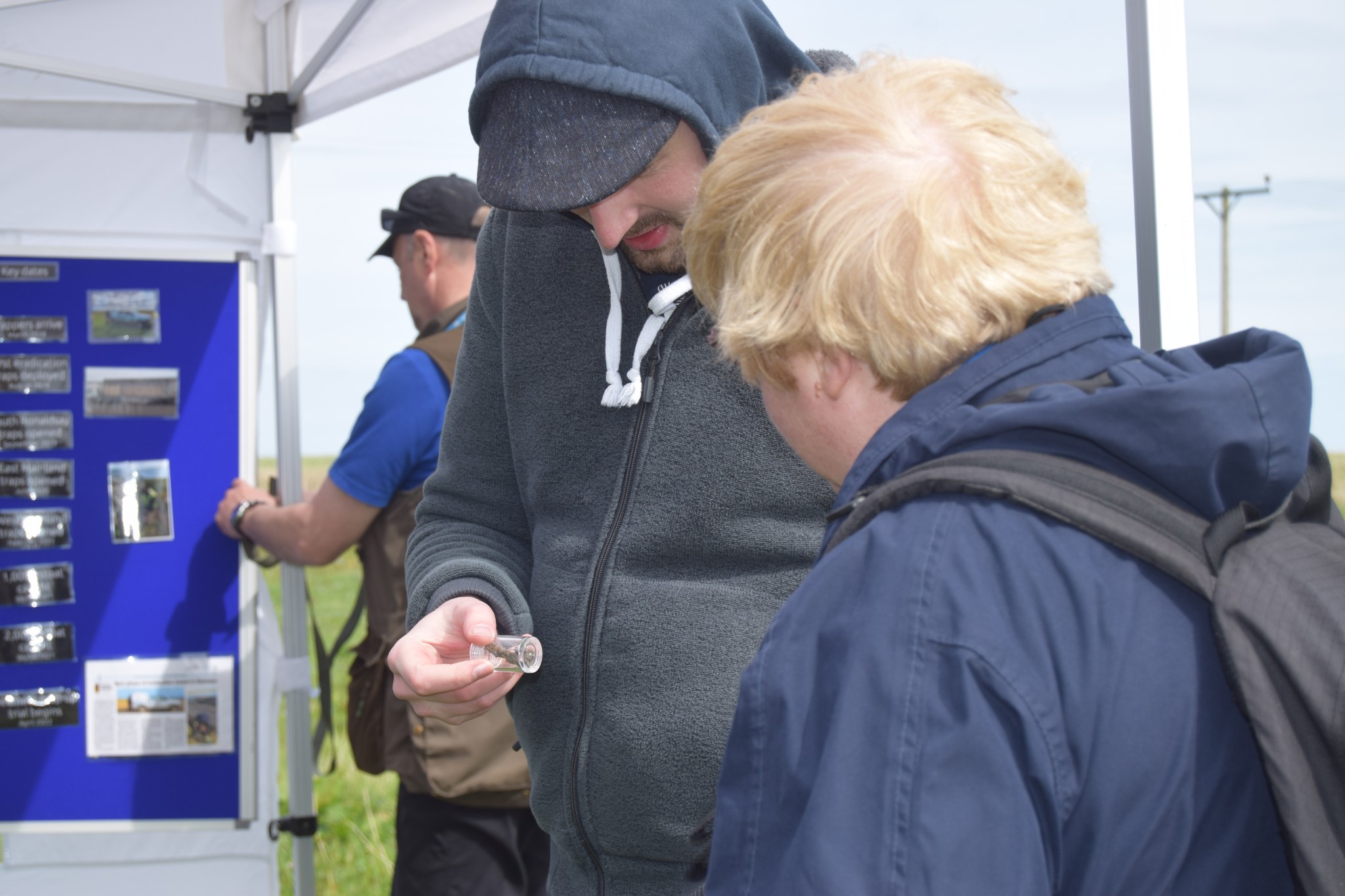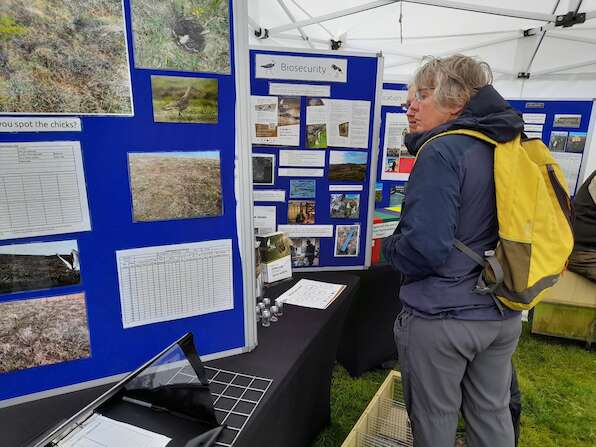Biosecurity – the key to any eradication
As well as the shows on Mainland the biosecurity team made a point of visiting the Shapinsay show and they were so grateful to everyone that made them so welcome. These are the guys that toil away in the background to ensure that the outer islands are protected, and their wildlife not threatened by the arrival of stoats.
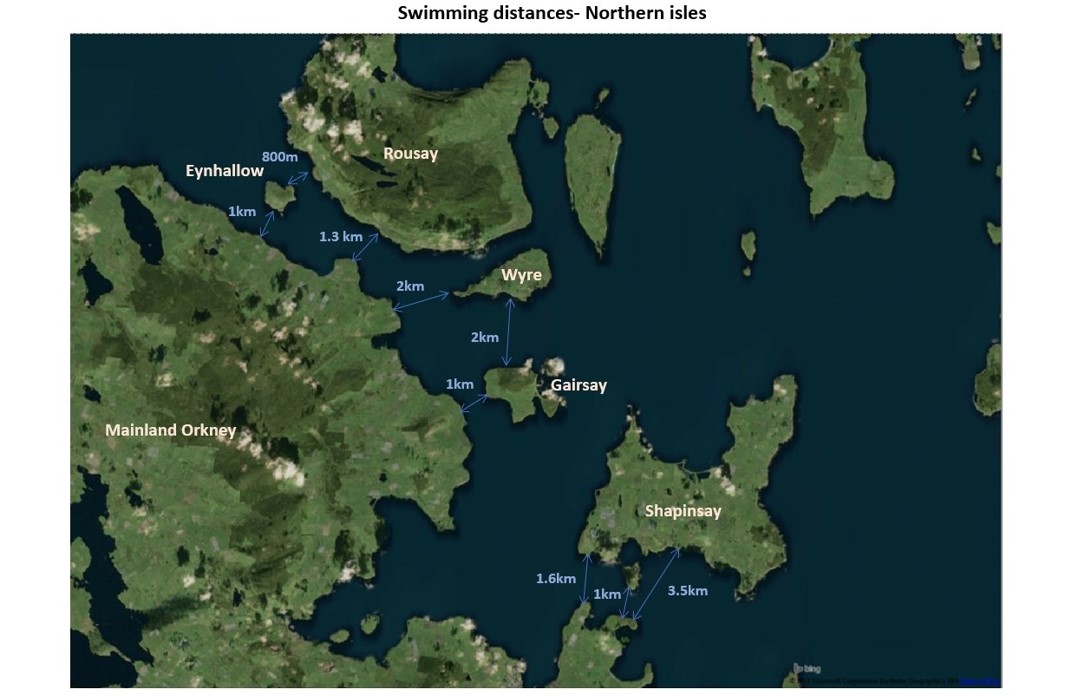 Biosecurity is key to any project to eradicate non-native invasive species as we don’t want to see any hard-won success undone by the problem returning. Stoats are an intriguing species to work with. They are powerful swimmers, capable of crossing up to 3km of sea to reach new land and this puts the islands closest to the Orkney Mainland at high risk from stoat spread.
Biosecurity is key to any project to eradicate non-native invasive species as we don’t want to see any hard-won success undone by the problem returning. Stoats are an intriguing species to work with. They are powerful swimmers, capable of crossing up to 3km of sea to reach new land and this puts the islands closest to the Orkney Mainland at high risk from stoat spread.
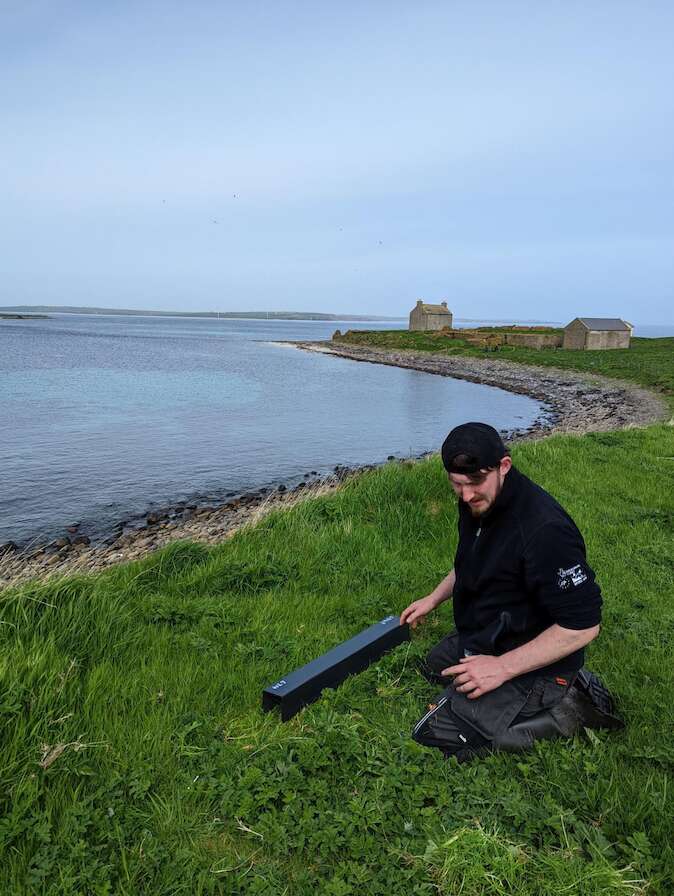
Biosecurity was some of the earliest action taken by our project partners on the arrival of stoats to the county, putting out traps on the Orkney Mainland coastline adjacent to islands, and around those islands themselves. And things have grown from there! Now eight islands at high risk from stoat incursion have a trapping network to intercept any newly arrived stoat before they can colonise. These traps are checked monthly to make sure they are in top condition for a stoat encounter. We also use tunnels that record the tracks of any animals that go through them, and trail cameras, so the stoat detecting tool-box is pretty full!
Our stoat detection dogs and their handlers began surveying islands for stoats last year and, to date, have completed surveys of Hoy and Walls, Graemsay, Rousay and Eynhallow. Our detection dogs are finely tuned to the scent of stoat scat (poo), having honed their skills on the Orkney Mainland since they arrived in 2021. Hoy and Rousay have had potential stoat sightings in the past, and we remain alert as these islands are large and rugged with plenty of room for stoats to hide in should they swim across. The searches by the detection dog team have confirmed that stoats are not currently present on those islands, but the risk of an arrival remains.
This ability to cross water puts many of our islands at high risk from stoat incursion (incursion is the term used for a new arrival of an invasive species), meaning that the biosecurity team have their work cut out ensuring that our islands have sufficient biosecurity safeguards in place.
We know the importance of biosecurity from previous eradications around the globe, and we currently have a team of five full-time staff within the project. It’s a small team for the magnitude of the task, which is where our wonderful team of biosecurity volunteers comes in, generously giving their time to check our island stoat trapping and monitoring network.
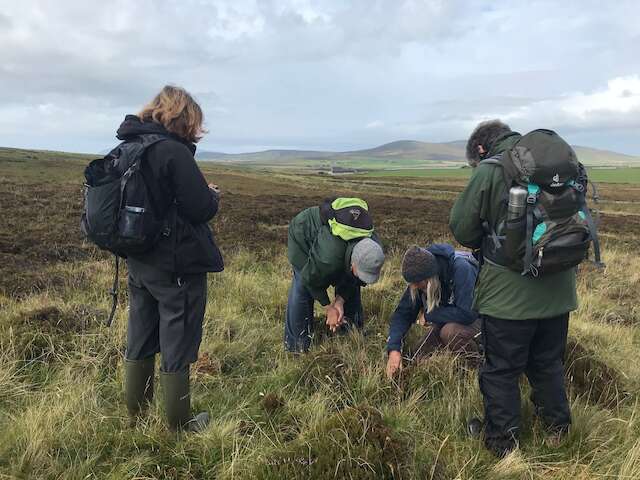 There is no room for complacency though and we must ensure that we are ready in a heartbeat to respond to a reported stoat sighting on the islands. It’s highly likely that the first sign of stoat on an island will be a sighting from a member of the public, so if you think you’ve seen a stoat anywhere on Orkney then we want to know as quickly as possible and report it without delay.
There is no room for complacency though and we must ensure that we are ready in a heartbeat to respond to a reported stoat sighting on the islands. It’s highly likely that the first sign of stoat on an island will be a sighting from a member of the public, so if you think you’ve seen a stoat anywhere on Orkney then we want to know as quickly as possible and report it without delay.
The real ace in the hole for island biosecurity are the island residents themselves. Orkney island communities have been incredibly engaged, attending events and workshops, and giving their time to biosecurity volunteering. Landowners throughout the islands have generously allowed us access for trapping and detection dog work, and we have formed some ground-breaking partnerships with island community councils to put the first biosecurity plans in place. By contributing to their own island biosecurity plans, the communities are now driving biosecurity, tailoring it to their own needs and empowering it with local knowledge.
We have set up the first biosecurity hub in Shapinsay thanks to the generosity of a farmer who has donated barn space to house all the necessary equipment if we need to scramble into action. Should there be a stoat sighting in Shapinsay the response traps, trail cameras and all the gear to check the traps are in there ready to be set out responding to the urgent sighting. All that is needed is a volunteer resident to be the biosecurity first responder. Hopefully there won’t be a need to use the hub but just in case there is then the island biosecurity responder will be ready with full training, equipment, and our team in support.
Thanks for your support - we couldn’t do this without you and if you live on the isles and want to volunteer, please get in touch!
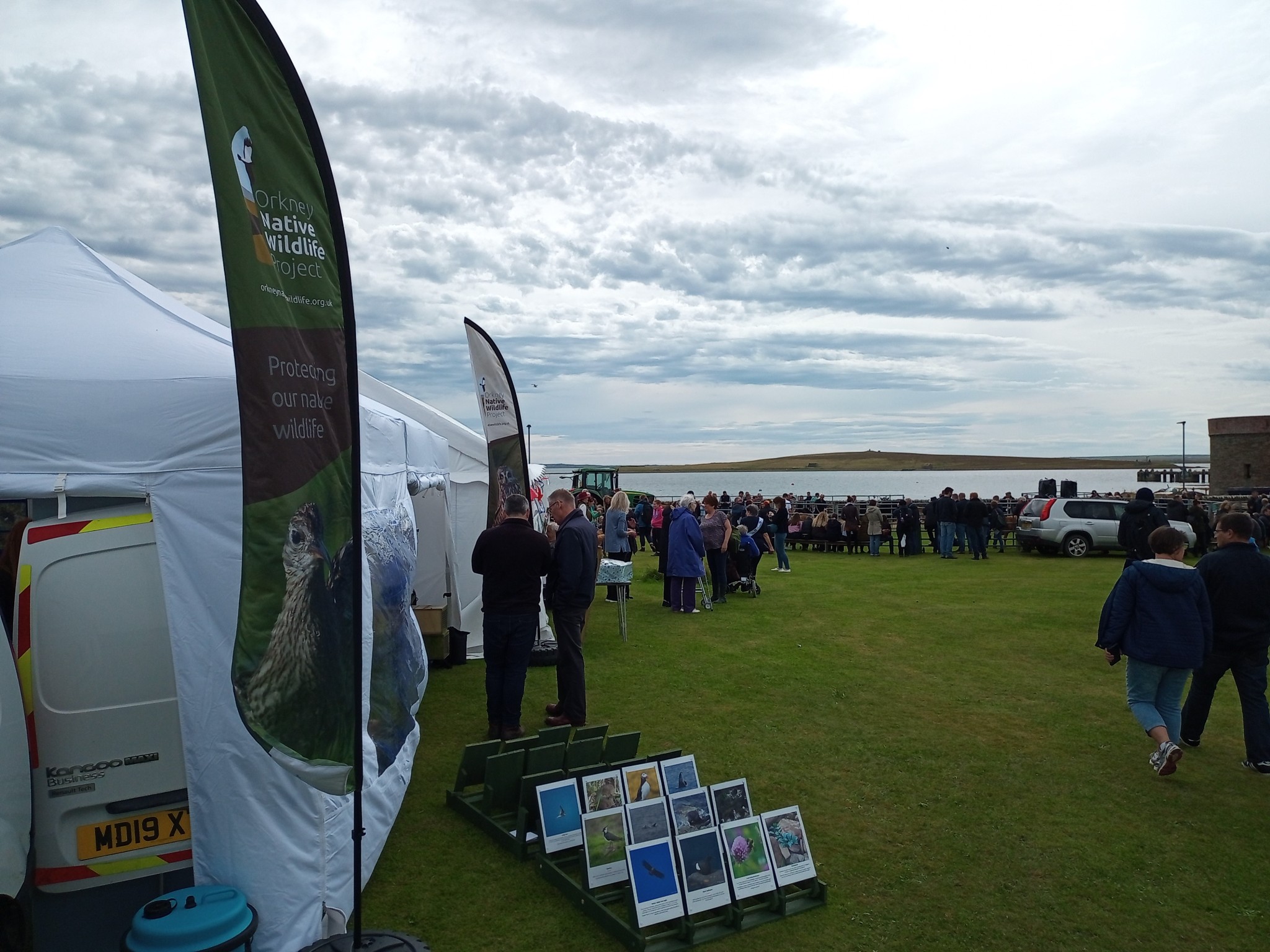
Join us at the Orkney International Science Festival
It’s the 32nd year of the Orkney International Science Festival and they have decided on a fresh new format so folk can enjoy events at Orkney venues, outdoors and online, with subjects ranging from dinosaur evolution to the story of bere, Orkney’s ancient grain.
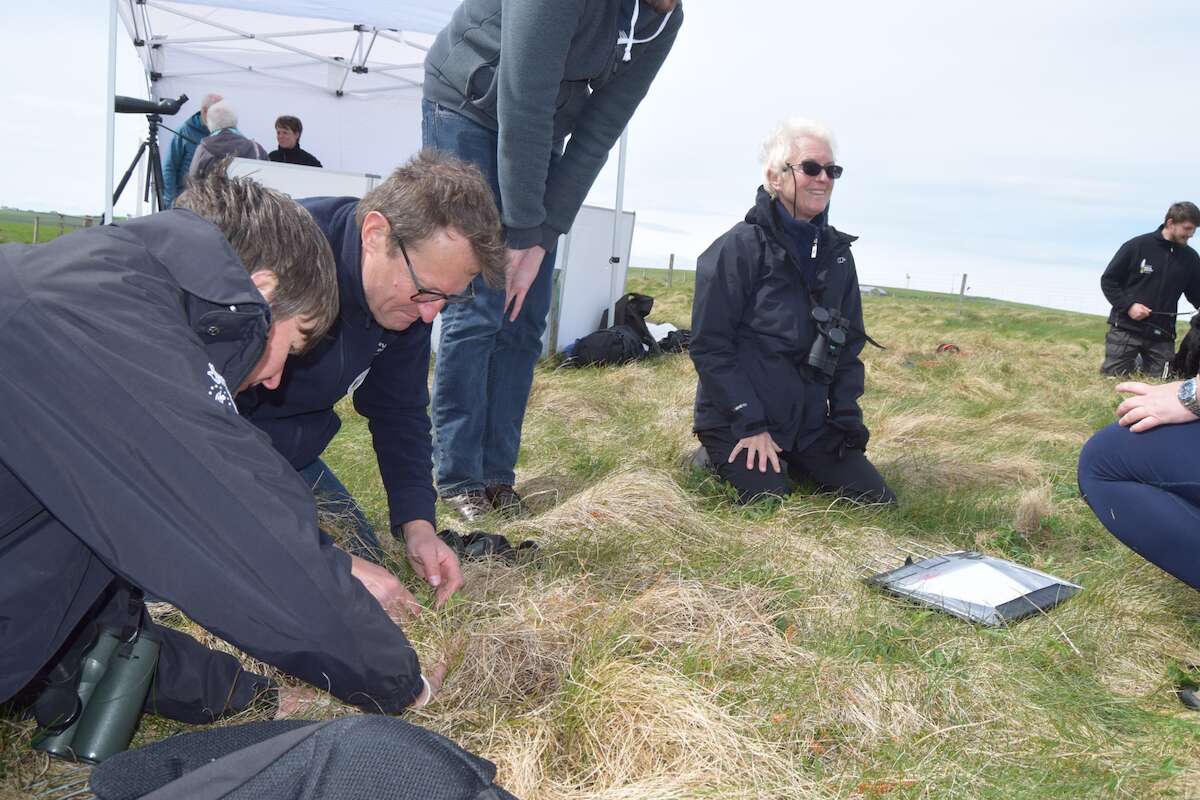
We will be taking part too with school sessions and a project open day at the Ring of Brodgar on Sunday 4 September from 10am to 3pm. Come and join us at the Neolithic heart of Orkney and learn more how the world's largest stoat eradication project is integral to conservation of Orkney's native species.
This family friendly open day is your opportunity to experience hands on conservation and wildlife management. There is no need to book tickets for our event so do join us to explore the beautiful Ring of Brodgar World Heritage Site to look for our native Orkney vole, make nature journals, as well as meet us to find out who we are and what we are doing.
